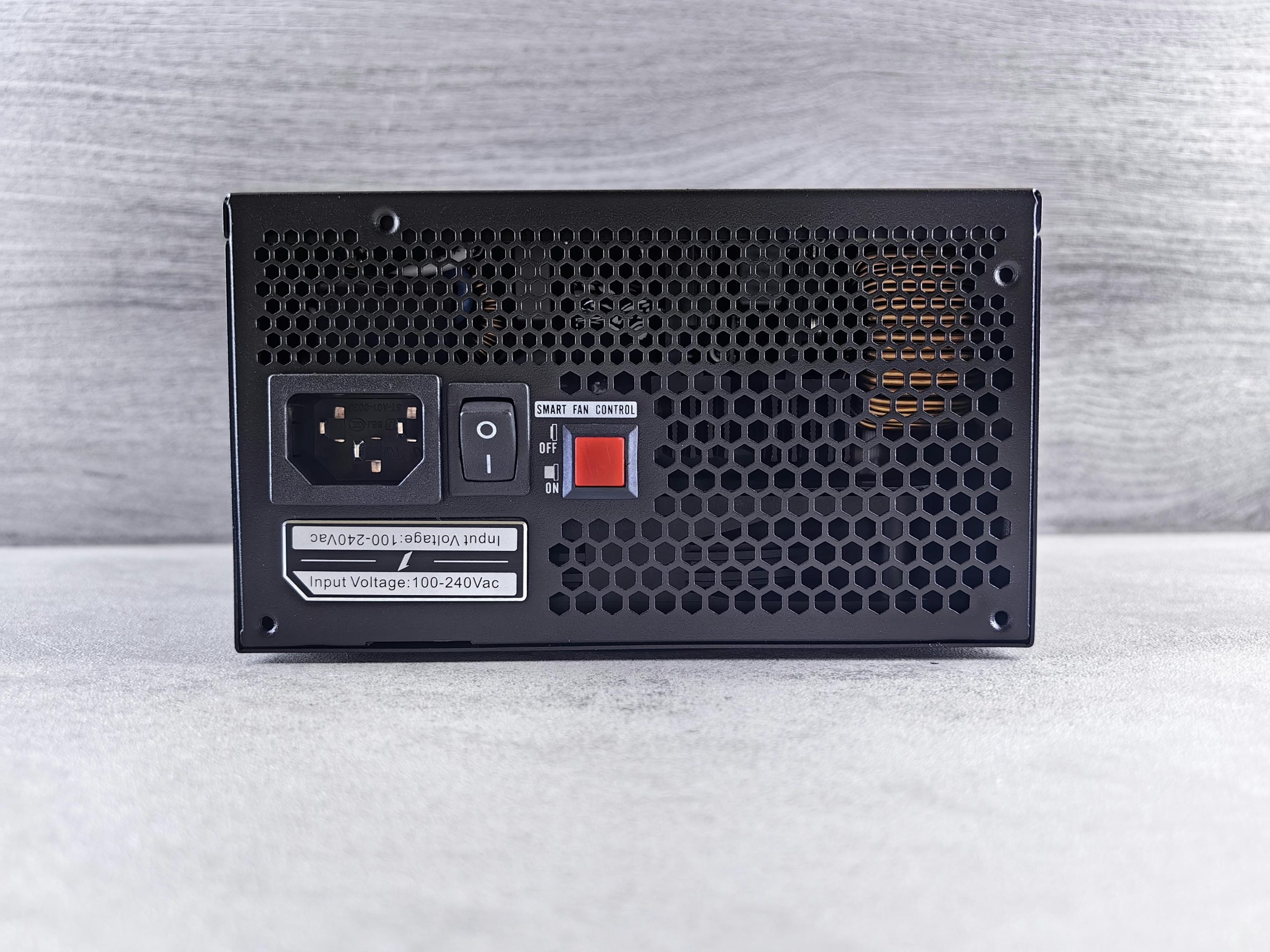Troubleshooting Persistent Disabled State of Windows 11 Memory Integrity: A Guide for Users
Enabling memory protection features such as Windows Defender’s Memory Integrity (also known as Core Isolation Memory Integrity) can significantly enhance your system’s security. However, some users encounter a recurring issue where, after activating this feature and restarting their PC, it automatically reverts to the off position. This can be frustrating and may leave systems vulnerable to certain threats.
If you are experiencing this issue on your Windows 11 Pro machine, this article offers insights into potential causes and effective troubleshooting steps to help you enable and maintain Memory Integrity permanently.
Understanding Memory Integrity and Its Importance
Memory Integrity is a security feature designed to protect critical system processes from malicious attacks by preventing kernel-mode code from running in the context of the Windows kernel. It leverages hardware and software components such as Secure Boot, TPM 2.0, and virtualization technologies to safeguard against rootkit and root-level malware.
Common Causes for Persistent Disabling
Before diving into solutions, it’s essential to understand why Memory Integrity may keep turning off:
- Hardware or firmware settings conflicting with Memory Integrity (e.g., Secure Boot, TPM, virtualization)
- Incompatible drivers or outdated system components
- Group Policy or security software interference
- Corrupted system files or improper configurations
Step-by-Step Troubleshooting Guide
1. Verify BIOS/UEFI Settings
Since Memory Integrity relies heavily on hardware support, confirm that your BIOS/UEFI settings are correctly configured:
-
Secure Boot: Enable Secure Boot to allow Windows to confirm your system isn’t tampered with during startup.
-
TPM 2.0: Ensure TPM 2.0 is enabled. You can verify this via ‘Device Manager’ under ‘Security Devices’ or through the ‘TPM Management’ tool (
tpm.msc). -
Virtualization Technologies: Enable Intel VT-x or AMD-V, as these are essential for Memory Integrity.
Note: Some firmware updates may toggle these settings. After changes, save and exit BIOS, then boot into Windows.
2. Check for Driver Compatibility
Outdated or incompatible drivers can prevent Memory Integrity from staying active:
- Use Device Manager to identify devices with driver issues.
- Visit the hardware manufacturer’s website for updated drivers, especially for the graphics card, network adapters, and storage controllers.
- Consider using Windows Update to obtain the
Share this content:



